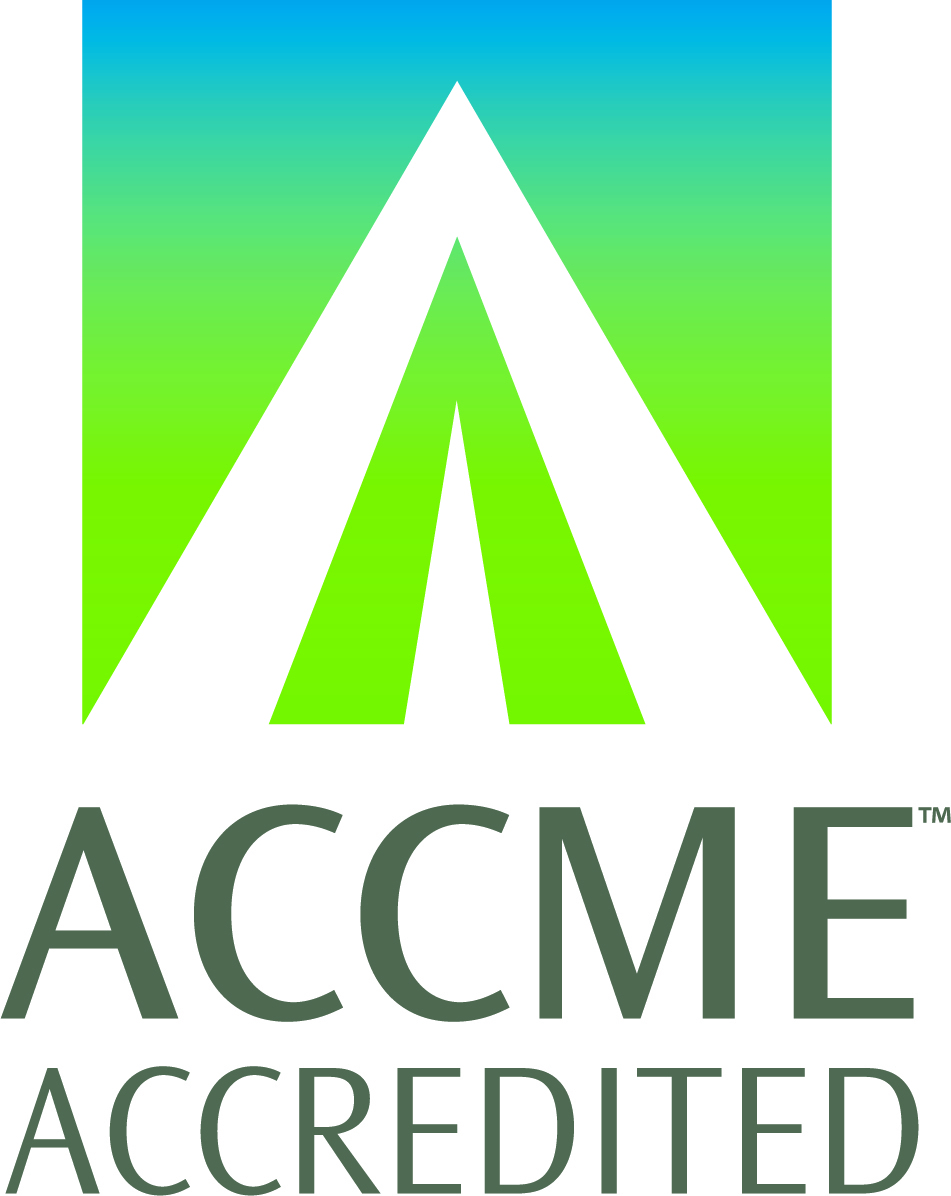
Elderly Acetabulum Fractures: When to Fix and Replace and When to Fix and Wait
-
Register
- Non-member - $40
- Active Member - Free!
- Research Member - Free!
- Clinical Member - Free!
- Candidate - Free!
- Trauma Practice Professional - Free!
- Emeritus Member - Free!
- International Active Member Tier 1 - Free!
- International Active Member Tier 2 - Free!
- International Active Member Tier 3 - Free!
- International Active Member Tier 4 - Free!
- International Candidate - Free!

Accreditation Statement: The Orthopaedic Trauma Association (OTA) is accredited by the Accreditation Council for Continuing Medical Education (ACCME) to provide continuing medical education for physicians.
Credit Designation: OTA designates this enduring material for a maximum of 1 AMA PRA Category 1 Credits™. Physicians should claim only the credit commensurate with the extent of their participation in the activity.
Successful completion of this CME activity, which includes participation in the evaluation component, enables the learner to earn credit toward the CME of the American Board of Orthopaedic Surgery’s Maintenance of Certification program. It is the CME activity provider's responsibility to submit learner completion information to ACCME for the purpose of granting ABOS credit.
MOC Claim Credit Deadline: 09/24/2028
Learning Objectives:
After completing this activity, learners will be able to:
1) Identify patient factors that are associated with a higher rate of reoperation after fixation and acute total hip arthroplasty
2) Understand the differences between elderly patients receiving THA for primary osteoarthritis versus for fragility fracture, and the arthroplasty principles that must be respected to account for this
3) Understand when and how fixation strategies can change when combined with acute THA
4) Appreciate the role of non-operative management in the treatment of elderly acetabulum fracture
Faculty:
- Moderator: David Stockton, MD
- Kelly Lefaivre, MD
- Marissa Bonyun, MD
Original release date: 9/24/2025
Expiration date: 9/24/2028
Estimated time to complete activity: 1 hour
Statement of Need/Description/or Summary of Gap Analysis
Current evidence suggests that elderly acetabulum fractures treated with fixation and acute total hip arthroplasty (THA) are associated with a lower rate of reoperation and an acceptable complication profile. This webinar will address what factors should be weighed when considering this treatment option, and outline scenarios in which delayed THA may be the safest option.
The 'fix and replace' approach requires a team approach: the traumatologist must appreciate basic arthroplasty principles and vice versa. This webinar addresses the principles that any individual 'traumaplasty' surgeon or surgical team should master.
Method of Participation: There are no fees for members to participate in this activity. Non-members must pay $40. To participate in the activity, physicians will be required to take the following steps:
- Read the learning objectives and faculty disclosures.
- Participate in the activity.
- Complete the activity evaluation.
- Participants who successfully complete the evaluation will receive AMA PRA Category 1 Credits™.
Disclosures:
The Orthopaedic Trauma Association has implemented a policy to comply with the current Accreditation Council for Continuing Medical Education (ACCME) Standards for Integrity and Independence in Accredited Continuing Education requiring mitigation of all conflicts of interest. Faculty declaring a relevant commercial interest must be identified in the activity syllabus and/or program.
In accordance with disclosure policies of OTA and the ACCME, every effort has been made to ensure all CME activities are balanced, independent, objective, and scientifically rigorous. These policies include complying with ACCME’s Standards for Integrity and Independence in Accredited Continuing Education and mitigating all relevant conflicts of interest for all individuals in control of content.
All of the relevant financial relationships listed for these individuals have been mitigated
Disclosures are available on the "Disclosure" tab.
Disclaimer: The information in this educational activity is provided for general medical education purposes only and is not meant to substitute for the independent medical judgment of a physician relative to diagnostic and treatment options of a specific patient's medical condition. The viewpoints expressed in this CME activity are those of the authors/faculty. They do not represent an endorsement by the OTA. In no event will the OTA be liable for any decision made or action taken in reliance upon the information provided through this CME activity.
Commercial Support: There is no commercial support for this activity

